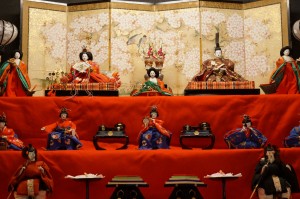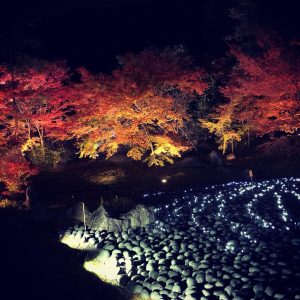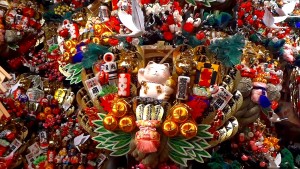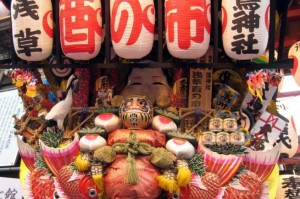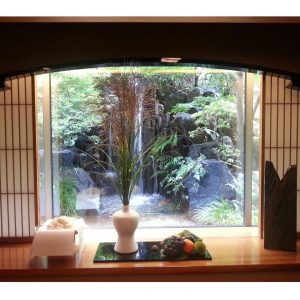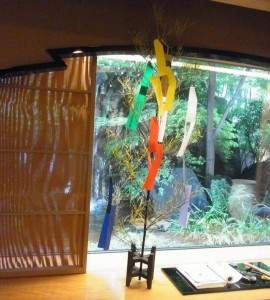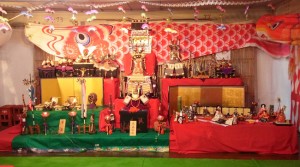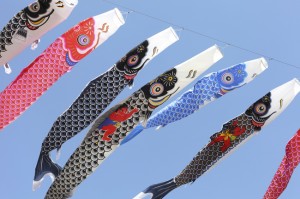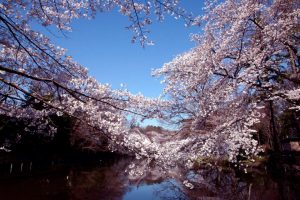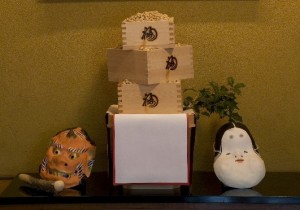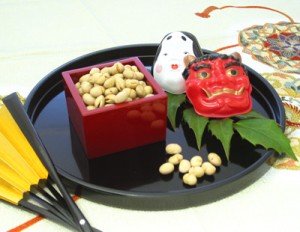ひな祭りは、3月3日、女の子の健やかな成長や幸福を願う行事で、桃の節句とも呼ばれます。女の子のいる家庭の多くはひな人形を飾り、桃の花やひなあられ、菱餅、白酒などをひな人形に備えます。 昔は紙で簡単なひな人形を作り、3月3日に川に流していましたが、やがて現在のようなひな人形を飾るようになりました。
ひな祭りの起源は、身の穢れや災いを人形に移し、川に流して厄払いしたという古代の風習にあります。これが、女の子の人形遊び(ひな遊び)と結びつき、江戸時代からは現在に近い形の「ひな祭り」としてとり行われるようになりました。
Hinamatsuri
Hinamatsuri (the Girl’s Festival) ,occurs on March 3 , is a celebration for families with young girls to pray for their good health and happiness. It is also known as momo no sekku (the Peach Festival). Most homes with girls display dolls for the Doll’s Festival and dedicate to them peach blossoms, rice cake cubes, special coloured and diamond-shaped rice cakes,white sake,and other items.
The origin of hinamatsuri is an ancient practice in which the sin of the body and misfortune are transferred to a doll and washed away by setting the doll in a river to drift away. When this practice spread to Japan, it was linked to girl’s playing with dolls and, in the Edo Period, was developed into the hinamatsuri.
